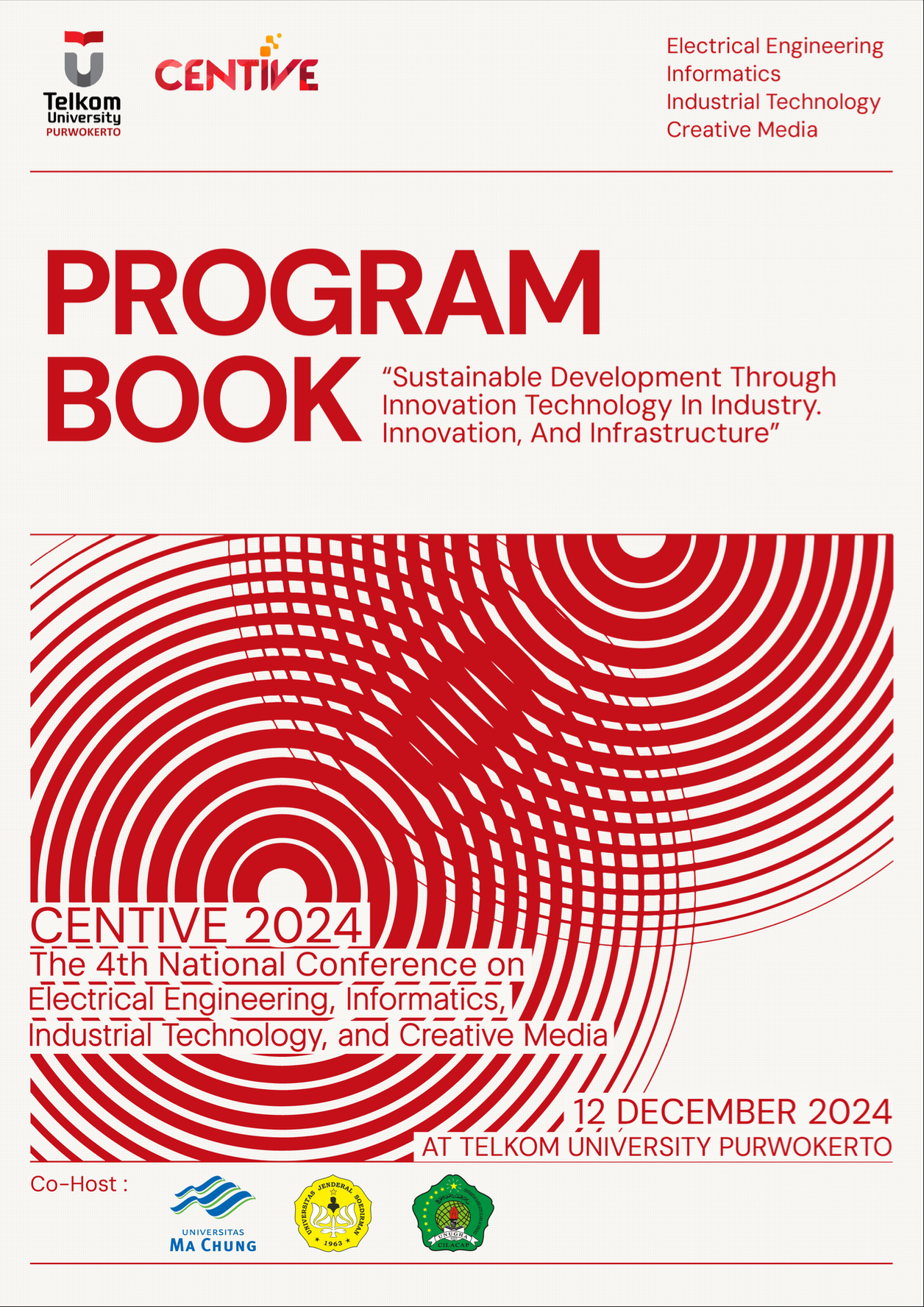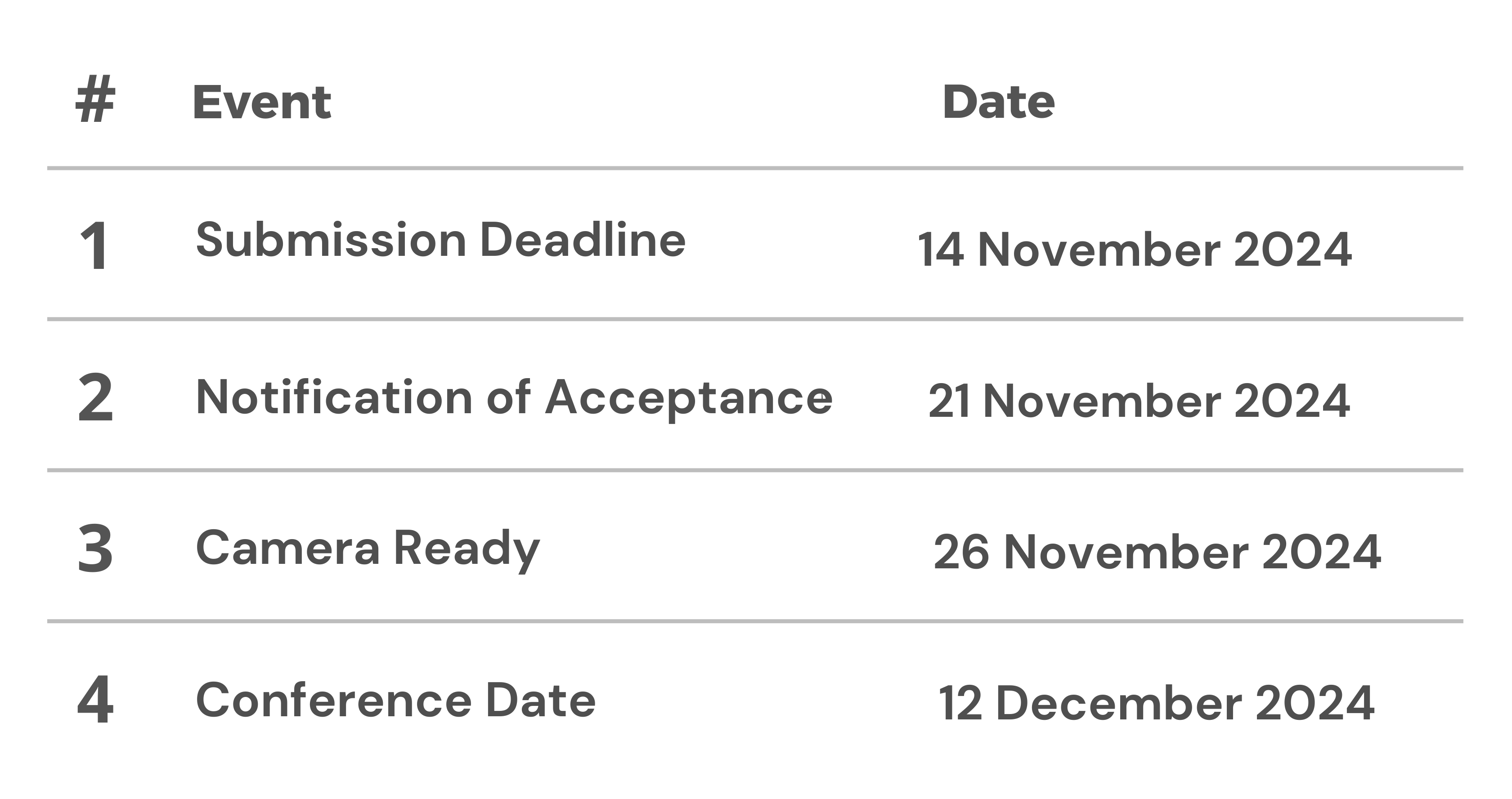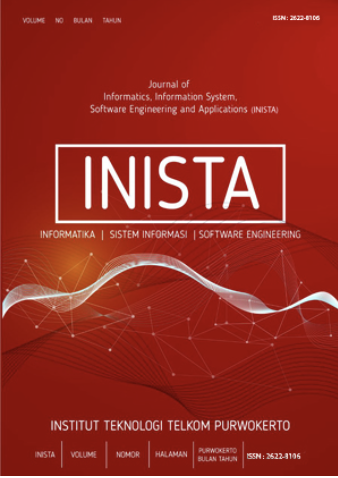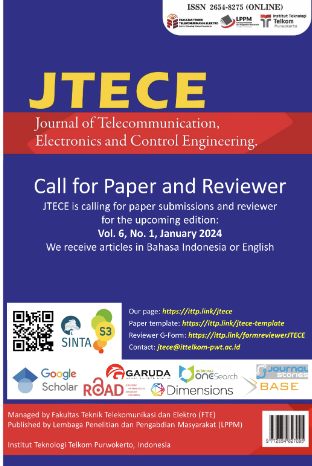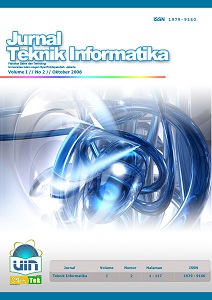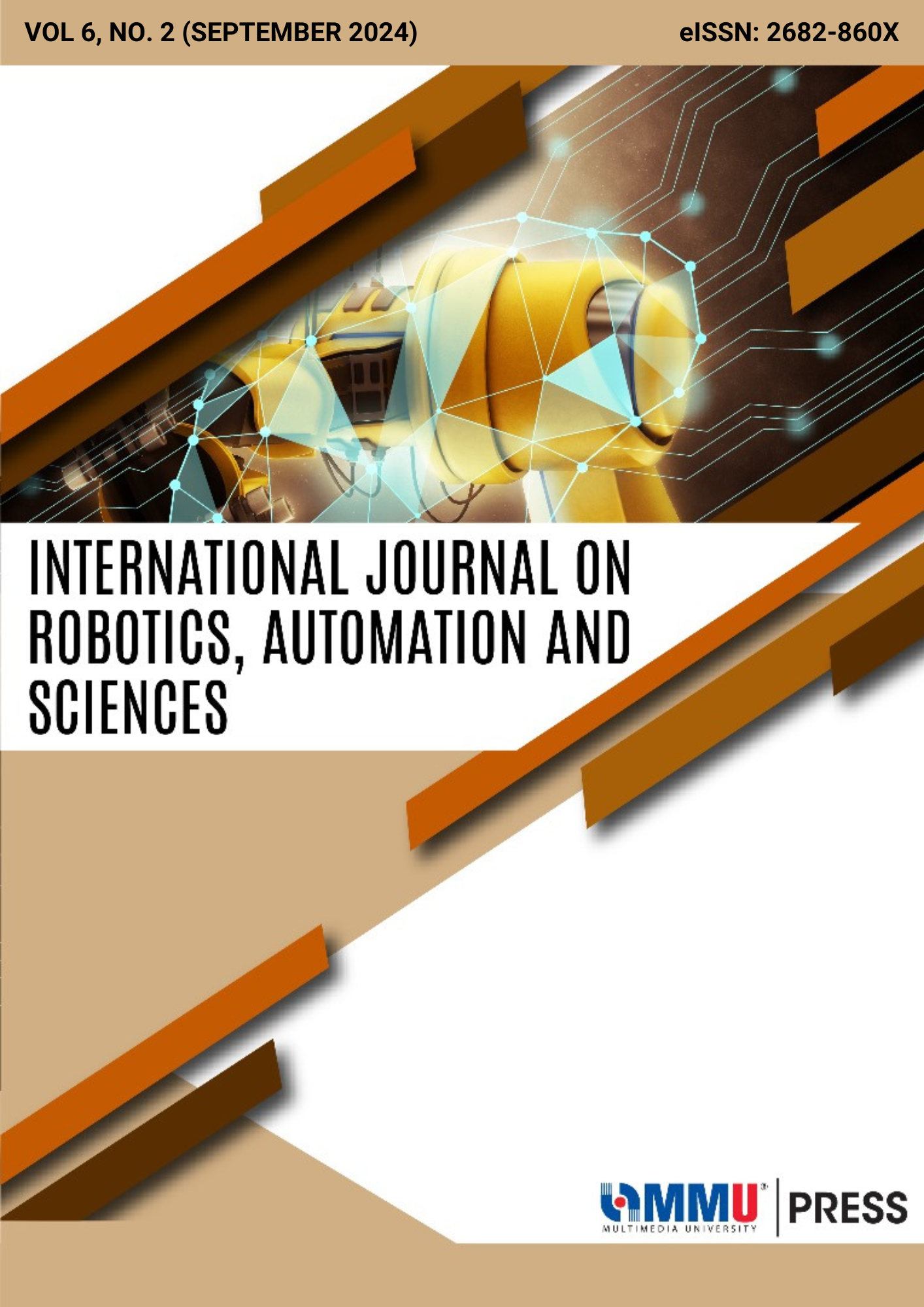Gamification in Education: Enhancing Distance Learning Engagement and Performance
Abstract
Innovative education methods have been made possible through technological advancements, such as the integration of gamification in distance learning. This approach involves adding gaming elements to the learning process to encourage student engagement and competition. In this study, a gamification system was implemented and evaluated using the System Usability Scale (SUS) method, involving 50 students. The data analysis revealed a 71.86% increase in student learning scores after introducing the gamification system. Furthermore, the SUS evaluation demonstrated an excellent usability score of 86.6, with three critical statements receiving the highest rating of 4. These statements indicated that the gamification system was user-friendly, accessible to others, and possessed intuitive features. This study highlights how gamification can be an effective way to make distance learning more enjoyable. It provides valuable information for teachers and professionals who want to improve student participation in remote learning
References
[2] Z. Zainuddin, M. Shujahat, H. Haruna, and S. K. W. Chu, “The role of gamified e-quizzes on student learning and engagement: An interactive gamification solution for a formative assessment system,” Comput Educ, vol. 145, p. 103729, 2020, doi: 10.1016/j.compedu.2019.103729.
[3] D. R. Sanchez, M. Langer, and R. Kaur, “Gamification in the classroom: Examining the impact of gamified quizzes on student learning,” Comput Educ, vol. 144, Jan. 2020, doi: 10.1016/j.compedu.2019.103666.
[4] J. Hwang and L. Choi, “Having fun while receiving rewards?: Exploration of gamification in loyalty programs for consumer loyalty,” J Bus Res, vol. 106, Jan. 2020, doi: 10.1016/j.jbusres.2019.01.031.
[5] K. Puritat, “Enhanced Knowledge and Engagement of Students Through the Gamification Concept of Game Elements,” International Journal of Engineering Pedagogy (iJEP), vol. 9, no. 5, Nov. 2019, doi: 10.3991/ijep.v9i5.11028.
[6] N.-Z. Legaki, N. Xi, J. Hamari, K. Karpouzis, and V. Assimakopoulos, “The effect of challenge-based gamification on learning: An experiment in the context of statistics education,” Int J Hum Comput Stud, vol. 144, Dec. 2020, doi: 10.1016/j.ijhcs.2020.102496.
[7] K. Butler-Henderson and J. Crawford, “A systematic review of online examinations: A pedagogical innovation for scalable authentication and integrity,” Comput Educ, vol. 159, Dec. 2020, doi: 10.1016/j.compedu.2020.104024.
[8] A. Takahashi, Y. Kashiwaba, Y. Hayakawa, Y. Kubota, and K. Yajima, “Analysis of Active Learning suitability of subjects in information and electronics for computing education,” in 2016 IEEE International Conference on Teaching, Assessment, and Learning for Engineering (TALE), IEEE, Dec. 2016. doi: 10.1109/TALE.2016.7851802.
[9] A. Drigas and M.-T. L. Kontopoulou, “ICTs based Physics Learning,” International Journal of Engineering Pedagogy (iJEP), vol. 6, no. 3, Jul. 2016, doi: 10.3991/ijep.v6i3.5899.
[10] S. W. Van Rooij and K. Zirkle, “Balancing pedagogy, student readiness and accessibility: A case study in collaborative online course development,” Internet and Higher Education, vol. 28, pp. 1–7, 2016, doi: 10.1016/j.iheduc.2015.08.001.
[11] P. Suryanto, A. W. R. Emanuel, and P. Pranowo, “Design of Dayak Kanayatn Language Learning Mobile Applications Using Gamification,” International Journal of Engineering Pedagogy (iJEP), vol. 10, no. 4, Jul. 2020, doi: 10.3991/ijep.v10i4.12899.
[12] C. J. Bailey and K. A. Card, “Effective pedagogical practices for online teaching: Perception of experienced instructors,” Internet High Educ, vol. 12, no. 3–4, Dec. 2009, doi: 10.1016/j.iheduc.2009.08.002.
[13] P. Hanley and R. Thompson, “‘Generic pedagogy is not enough’: Teacher educators and subject-specialist pedagogy in the Further Education and Skills sector in England,” Teach Teach Educ, vol. 98, Feb. 2021, doi: 10.1016/j.tate.2020.103233.
[14] A. Hu and J. Hibel, “Where do STEM majors lose their advantage? Contextualizing horizontal stratification of higher education in urban China,” Res Soc Stratif Mobil, vol. 41, pp. 66–78, Sep. 2015, doi: 10.1016/j.rssm.2015.05.004.
[15] K. E. Chang, Y. L. Chen, H. Y. Lin, and Y. T. Sung, “Effects of learning support in simulation-based physics learning,” Comput Educ, vol. 51, no. 4, pp. 1486–1498, Dec. 2008, doi: 10.1016/j.compedu.2008.01.007.
[16] M. Fidan and M. Tuncel, “Integrating augmented reality into problem based learning: The effects on learning achievement and attitude in physics education,” Comput Educ, vol. 142, Dec. 2019, doi: 10.1016/j.compedu.2019.103635.
[17] J. Wang and M. Jou, “Qualitative investigation on the views of inquiry teaching based upon the cloud learning environment of high school physics teachers from Beijing, Taipei, and Chicago,” Comput Human Behav, vol. 60, pp. 212–222, Jul. 2016, doi: 10.1016/j.chb.2016.02.003.
[18] P. J. Lillie et al., “Novel coronavirus disease (Covid-19): The first two patients in the UK with person to person transmission,” Journal of Infection, vol. 80, no. 5. W.B. Saunders Ltd, pp. 578–606, May 01, 2020. doi: 10.1016/j.jinf.2020.02.020.
[19] J. Díaz-Ramírez, “Gamification in engineering education – An empirical assessment on learning and game performance,” Heliyon, vol. 6, no. 9, Sep. 2020, doi: 10.1016/j.heliyon.2020.e04972.
[20] L. M. Putz, F. Hofbauer, and H. Treiblmaier, “Can gamification help to improve education? Findings from a longitudinal study,” Comput Human Behav, vol. 110, Sep. 2020, doi: 10.1016/j.chb.2020.106392.
[21] R. van Roy and B. Zaman, “Need-supporting gamification in education: An assessment of motivational effects over time,” Comput Educ, vol. 127, pp. 283–297, 2018, doi: 10.1016/j.compedu.2018.08.018.
[22] I. And and D. Expert, “Penerapan Model Spiral Dalam Pengembangan Sistem Informasi Penjadwalan Produksi Berbasis Website (Studi Kasus: PT. Dinar Makmur Cikarang),” 2020. [Online]. Available: http://index.unper.ac.id
[23] A. Bahtiar, R. R. Muhima, D. A. Rachman, I. T. Adhi, and T. Surabaya, “Penerapan Model Spiral Pada Rancang Bangun Game Platformer.”
[24] N. N. Andhy, A. Salmon, and M. Lumenta, “Analysis Of The Influence Digital Badges Of Module E-Learning Against The Process And Results Of Blended Learning Analisis Pengaruh Lencana Digital Modul E-Learning Terhadap Proses dan Hasil Blended Learning,” Jurnal Teknik Elektro dan Komputer, vol. 10, no. 2, pp. 79–88.
[25] A. I. Martins, A. F. Rosa, A. Queirós, A. Silva, and N. P. Rocha, “European Portuguese Validation of the System Usability Scale (SUS),” Procedia Comput Sci, vol. 67, no. Dsai, pp. 293–300, 2015, doi: 10.1016/j.procs.2015.09.273.
[26] D. Pal and V. Vanijja, “Perceived usability evaluation of Microsoft Teams as an online learning platform during COVID-19 using system usability scale and technology acceptance model in India,” Child Youth Serv Rev, vol. 119, no. July, p. 105535, 2020, doi: 10.1016/j.childyouth.2020.105535.
[27] A. Lukum, “PENDIDIKAN 4.0 DI ERA GENERASI Z: TANTANGAN DAN SOLUSINYA,” 2019.



